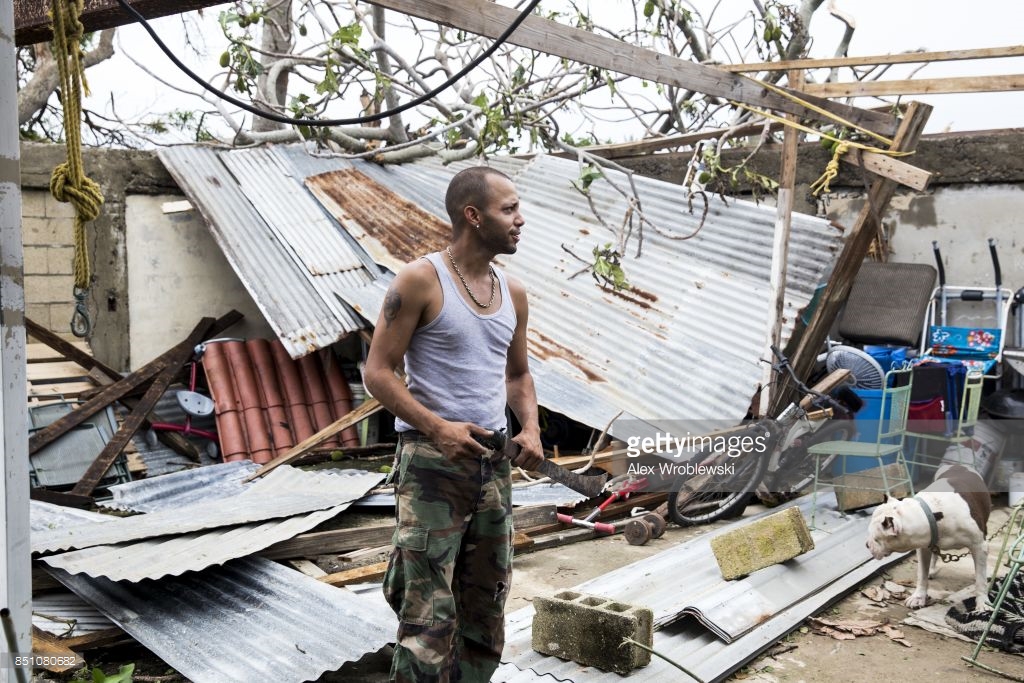
By NAN Business Editor
News Americas, NEW YORK, NY, Fri. Sept. 22, 2017: With Hurricanes Irma and Maria decimating many Caribbean countries in the past two weeks only, member countries of the regional catastrophe insurance fund are being urged to scale up insurance coverage.
Head of the CCRIF SPC (formerly the Caribbean Catastrophe Risk Insurance Facility), Isaac Anthony, says its 17 member countries, including Turks & Caicos, Antigua, Anguilla, St. Kitts & Nevis, the Bahmas and Haiti, must focus in the coming years on scaling up insurance coverage where ‘adequate’ coverage levels should not fall below 25 per cent of the overall government exposure to earthquake, hurricane and excess rainfall risk on an ongoing basis (i.e. relative to the annual average loss) and particularly for larger shock events.”
Currently for many CCRIF member countries, the level of coverage is directly related to the amount of premium they can afford and an increase in coverage is constrained by limited public finances due to the downturn in the performance of economies, increases in fiscal deficits and high levels of debt.
However, CCRIF continues to find innovative ways to minimize premium costs wherever possible – by decreasing premiums, offering premium rebates and allowing access to premium financing from countries’ participation fees.
CCRIF SPC said this week that since its inception in 2007, it has made payouts of a little more than US$100 million to 12 of its 17 member countries – all within 14 days of the event.
The US$100 million mark was reached following payouts under the excess rainfall policy of three countries – Anguilla, Turks & Caicos Islands and The Bahamas – as a result of rainfall from Hurricane Irma. Two of these three countries – Anguilla and the Turks & Caicos Islands – also received payouts under their tropical cyclone policies due to the impacts of Irma.
The 2017 Atlantic Hurricane Season still has two months to go and the facility has already made payouts totaling US$31.2 million to six countries under their tropical cyclone (TC) and excess rainfall (XSR) policies and under a new feature for tropical cyclone policies known as the Aggregate Deductible Cover (ADC), following the passage of Hurricane Irma.
CCRIF was established following Hurricane Ivan in 2004 and the level of devastation wrought throughout the Caribbean. Each member pays an annual premium directly related to the amount of risk it transfers to CCRIF and can purchase coverage up to a limit of approximately US$100 million for each insured hazard (tropical cyclones, earthquakes and excess rainfall events).
CCRIF is the world’s first multi-country risk pool based on parametric insurance and has been providing parametric catastrophe insurance for Caribbean governments since 2007 (and Central American governments since 2015) – offering hurricane, earthquake and – since 2013 – excess rainfall coverage.
According to Anthony, “By pooling the catastrophe risks of our members into a single diversified portfolio, we are able to save our members approximately 50 per cent in individual premium payments compared to if they were to purchase identical coverage individually.”
The total 17 members are:
- Anguilla
- Antigua & Barbuda
- Bahamas
- Barbados
- Belize
- Bermuda
- Cayman Islands
- Dominica
- Grenada
- Haiti
- Jamaica
- Nicaragua
- St. Kitts & Nevis
- St. Lucia
- St. Vincent & the Grenadines
- Trinidad & Tobago
- Turks & Caicos Islands







